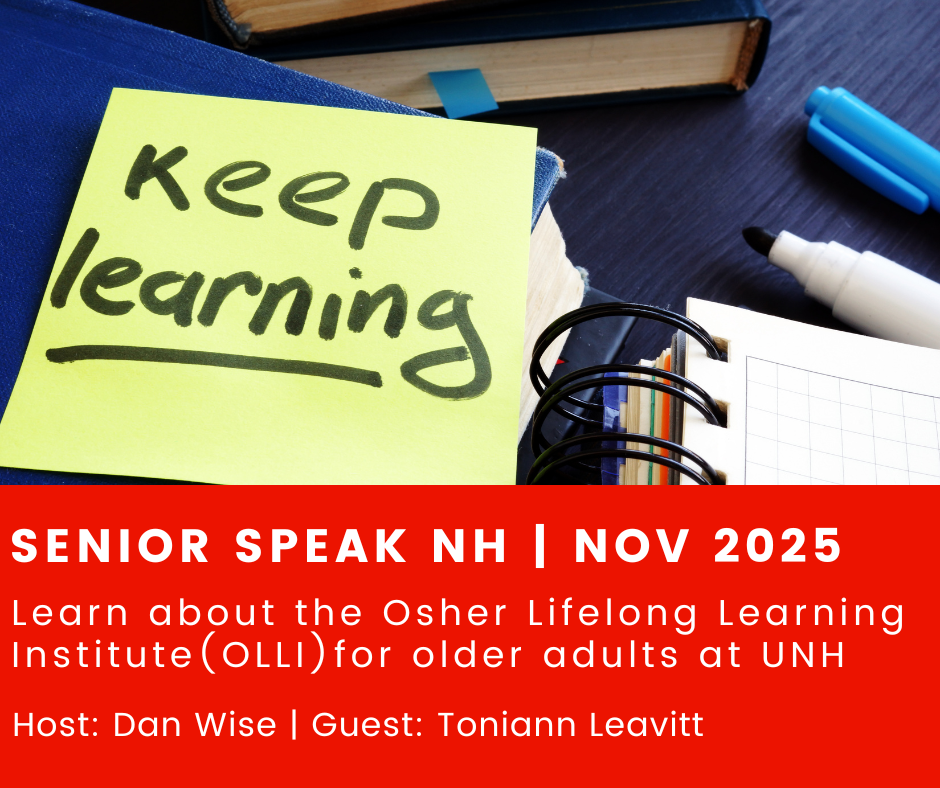Arkansas ACCESS higher education reform law brings changes this school year – KATV

Analysis of the Arkansas ACCESS Act in Relation to Sustainable Development Goals
Advancements in SDG 4: Quality Education
The Arkansas ACCESS Act introduces several measures aimed at enhancing the quality of and access to education, directly aligning with the objectives of SDG 4.
-
Target 4.3: Equal access to affordable and quality technical, vocational and tertiary education, including university.
- The Act doubles the state’s Academic Challenge Scholarship to $2,000, reducing the financial barriers to higher education for students.
- It streamlines the college admissions process by implementing a single application system for all public colleges and universities in Arkansas, simplifying access and reducing administrative burdens.
-
Target 4.4: Increase the number of youth and adults who have relevant skills for employment, decent jobs and entrepreneurship.
- The legislation expands options for college-accredited courses in high school to include International Baccalaureate (IB) and other programs, providing students with more rigorous and diverse learning opportunities.
- A primary goal of the Act is to ensure high school graduates are prepared to be “enlisted, enrolled, or employed,” directly linking educational pathways to workforce readiness and relevant skills acquisition.
Fostering SDG 8: Decent Work and Economic Growth
The Act emphasizes the economic outcomes of education, contributing to the goals of SDG 8 by linking higher learning to productive employment.
-
Target 8.6: Substantially reduce the proportion of youth not in employment, education or training.
- A key component of the law is the introduction of a “return on investment” (ROI) metric for the state’s productivity-based funding model for higher education institutions.
- This ROI analysis is designed to inform students about the upfront costs of a degree, the time required to earn it, and the long-term income-earning potential, thereby guiding them toward educational paths that lead to sustainable employment and economic self-sufficiency.
Implications for SDG 10: Reduced Inequalities
The legislation contains provisions that both support and present complexities for the advancement of SDG 10 by addressing educational access and institutional policies on inclusion.
-
Target 10.2: Empower and promote the social, economic and political inclusion of all.
- By increasing scholarship funds and simplifying the application process, the Act aims to reduce socio-economic and procedural barriers, potentially improving access for students from diverse backgrounds.
- The law includes a ban on certain requirements related to diversity, equity, and inclusion (DEI). The stated purpose is to protect academic freedom by ensuring students are not compelled to adopt specific beliefs and can express disagreement without academic penalty.
Strengthening SDG 16: Peace, Justice, and Strong Institutions
The Arkansas ACCESS Act seeks to build more effective and accountable educational institutions, a core principle of SDG 16, while also establishing new regulations for campus activities.
-
Target 16.6: Develop effective, accountable and transparent institutions at all levels.
- The law mandates a comprehensive review and update of the productivity-based funding formula for public higher education, incorporating the new ROI metric to enhance transparency and accountability.
- The creation of a streamlined, state-wide college application system represents a move toward more efficient and integrated institutional processes.
-
Target 16.B: Promote and enforce non-discriminatory laws and policies for sustainable development.
- The Act prohibits educational institutions from granting excused absences for political protests.
- According to the Arkansas Department of Education, this provision is intended to implement safeguards that ensure student safety and maintain a secure, non-discriminatory campus environment for all.
SDGs Addressed in the Article
SDG 4: Quality Education
- The article focuses on the “Arkansas ACCESS Act,” a higher education reform law. Its primary goal is to “provide greater access to educational opportunities for students,” which directly aligns with the core mission of SDG 4. The act introduces measures like expanding college-accredited classes in high school, increasing scholarship funds, and streamlining the college application process to enhance the quality and accessibility of education.
SDG 8: Decent Work and Economic Growth
- The legislation connects education directly to employment outcomes. It calls for an updated funding model for universities that includes a “return on investment metric” for students. The article states a key goal is to ensure that “when a student graduates, they’re ready to be enlisted, enrolled, or employed,” linking educational investment to “income-earning potential in the long term” and preparing youth for the workforce.
SDG 10: Reduced Inequalities
- The act aims to reduce barriers to higher education, which is a key aspect of reducing inequalities. By doubling the “Academic Challenge Scholarship to $2,000,” the law addresses financial hurdles that can prevent students from accessing tertiary education. The stated purpose of providing “greater access to educational opportunities” and making the freshman year “more in favor of the student” points to an effort to create more equal opportunities.
Identified SDG Targets
SDG 4: Quality Education
-
Target 4.3: By 2030, ensure equal access for all women and men to affordable and quality technical, vocational and tertiary education, including university.
- The article highlights that the Arkansas ACCESS Act boosts state scholarships, specifically doubling the “Academic Challenge Scholarship to $2,000,” which makes university education more affordable. It also streamlines the admissions process with a “one application that will be received by all of our colleges and universities,” reducing logistical and financial barriers and thus promoting equal access.
-
Target 4.4: By 2030, substantially increase the number of youth and adults who have relevant skills, including technical and vocational skills, for employment, decent jobs and entrepreneurship.
- The law is designed to ensure students “have access to more rigorous opportunities while they’re in high school, whether they’re earning an industry certification, whether they’re being able to turn college credit in to schools.” This directly supports the acquisition of relevant skills for employment. The focus on making sure a graduate is “ready to be enlisted, enrolled, or employed” reinforces this target.
SDG 8: Decent Work and Economic Growth
-
Target 8.6: By 2020, substantially reduce the proportion of youth not in employment, education or training.
- Although the target date has passed, the principle remains relevant. The article explicitly states that the ACCESS Act will help make it a reality that “when a student graduates, they’re ready to be enlisted, enrolled, or employed.” This directly addresses the goal of reducing the number of young people who are not in education, employment, or training (NEET) by creating clear pathways from education to the workforce.
SDG 10: Reduced Inequalities
-
Target 10.3: Ensure equal opportunity and reduce inequalities of outcome, including by eliminating discriminatory laws, policies and practices and promoting appropriate legislation, policies and action in this regard.
- The article states the legislation’s primary aim is to “provide greater access to educational opportunities for students.” By increasing scholarships and simplifying the application process, the act seeks to reduce financial and administrative barriers, which are significant sources of inequality in educational access. This promotes more equal opportunities for students regardless of their background.
Implied Indicators for Measuring Progress
SDG 4: Quality Education
-
Indicator for Target 4.3: The value of financial aid available to students.
- The article provides a specific, measurable indicator by stating that the act “doubles the state’s Academic Challenge Scholarship to $2,000.” This quantifies the increased affordability of tertiary education.
-
Indicator for Target 4.4: The introduction of a “return on investment or ROI analysis.”
- This new metric is an indicator designed to measure the effectiveness of educational programs in providing students with skills that lead to “income-earning potential in the long term.” Another indicator is the number of students “earning an industry certification” while in high school.
SDG 8: Decent Work and Economic Growth
-
Indicator for Target 8.6: The proportion of graduates who are “enlisted, enrolled, or employed.”
- This outcome, mentioned as a key goal of the act, serves as a direct indicator for measuring the reduction of youth not in employment, education, or training upon graduation.
SDG 10: Reduced Inequalities
-
Indicator for Target 10.3: The amount of scholarship funding and the number of recipients.
- The increase in the Academic Challenge Scholarship is a direct measure of the state’s effort to reduce financial barriers, a key component in ensuring equal opportunity in education. Progress can be measured by tracking the distribution and impact of this increased funding.
Summary of Findings
| SDGs | Targets | Indicators |
|---|---|---|
| SDG 4: Quality Education |
4.3: Ensure equal access to affordable and quality tertiary education.
4.4: Increase the number of youth and adults with relevant skills for employment. |
– The value of the Academic Challenge Scholarship being doubled to $2,000. – Implementation of a single, streamlined application for all state universities. – Introduction of a “return on investment metric” for degrees. – Number of students earning an “industry certification” in high school. |
| SDG 8: Decent Work and Economic Growth | 8.6: Substantially reduce the proportion of youth not in employment, education or training. | – The proportion of graduates who are “enlisted, enrolled, or employed.” |
| SDG 10: Reduced Inequalities | 10.3: Ensure equal opportunity and reduce inequalities of outcome. |
– Increased funding for state scholarships to reduce financial barriers. – Policies that “provide greater access to educational opportunities for students.” |
Source: katv.com

What is Your Reaction?
 Like
0
Like
0
 Dislike
0
Dislike
0
 Love
0
Love
0
 Funny
0
Funny
0
 Angry
0
Angry
0
 Sad
0
Sad
0
 Wow
0
Wow
0



























;Resize=805#)




















































